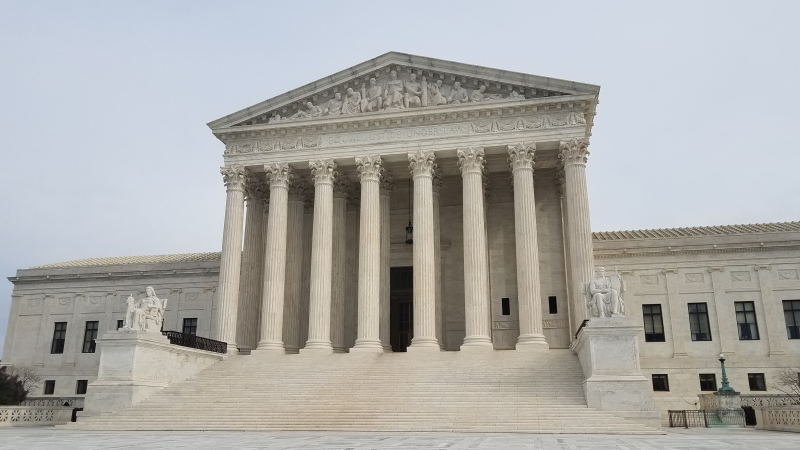Feds spent more than $1 billion on bioweapons detection system that mostly doesn't work
The BioWatch program was devised following the 2001 anthrax attacks, but after 18 years and more than $1 billion it can't detect most known threats and its alarms are often disregarded by localities because of false alerts.
The Golden Horseshoe is a weekly designation from Just the News intended to highlight egregious examples of wasteful taxpayer spending by the government. The award is named for the horseshoe-shaped toilet seats for military airplanes that cost the Pentagon a whopping $640 each back in the 1980s.
This week, our award goes to the Department of Homeland Security (DHS) for spending more than $1 billion over two decades on a bioweapons detection system that does not work.
The BioWatch system was introduced in 2003 by President George W. Bush in response to the anthrax attacks that killed and seriously sickened a number of Americans in the days following 9/11. BioWatch was supposed to be a system that surveils aerosolized biological agents. The system is comprised of hundreds of machines that collect air from public places around the country’s most populous cities and send samples to a lab that tests for harmful pathogens.
But since at least 2013, Congress has been told that despite spending $1 billion in 10 years on the project, the machinery is not reliably able to detect biological attacks. DHS has continued housing and spending taxpayer dollars (at least $76 million annually) on the system.
DHS argues that the problem remains essential, calling the system life-saving technology that can detect the pathogens that cause anthrax, tularemia, smallpox, and the plague. Unfortunately, a recent DHS inspector general reportconfirms that, though the system may detect some biological hazards, it actually does not possess the capabilities to detect a majority of the biological agents that are understood to be threats. The report says that “BioWatch monitors and detects just 6 of 14 (approximately 43 percent) biological agents known to be threats because it has not updated its biological agent detection capabilities with the 2017 threat assessment results.”
The report also points out that BioWatch is not actually a nationwide early warning system because its equipment is currently set up in just 22 states – leaving the majority of American states without coverage. Furthermore, the OIG reveals that BioWatch “has not reassessed its strategic posture and designated locations needing coverage since 2003.” Most concerning, in 34 out of 35 jurisdictions, the BioWatch equipment was not always able to collect air samples to test for biological threats.
The problems are so well known and pervasive that some state and local authorities stopped ordering evacuations when the system was triggered. Between the years of 2003 and 2014, the BioWatch system sent out 149 “false positive” alerts. Beyond the clear waste of taxpayer dollars that the BioWatch system has been for nearly two-decades, it should alarm Americans that it remains the sole bioweapons detection system for aerosolized agents used by the United States.
The OIG issued a stern warning in its most recent report, telling DHS, “without implementing changes to address BioWatch’s challenges, the United States’ ability to prepare for, detect, and respond to a potential bioterrorism attack is impeded, which could result in significant loss of human life.”
DHS concurred with the report’s findings and promised to change. But how much can Americans trust that promise given the project's two-decade record of performance?















